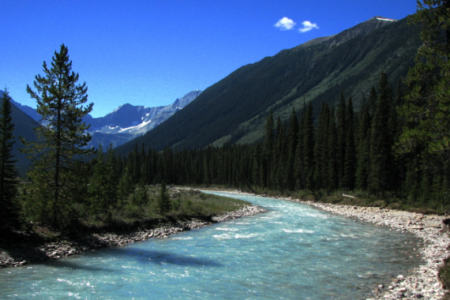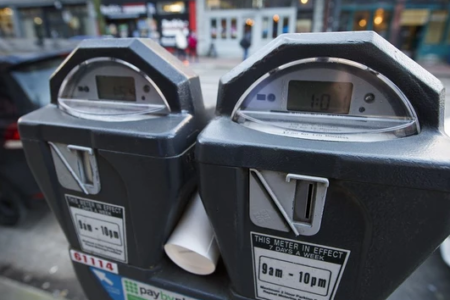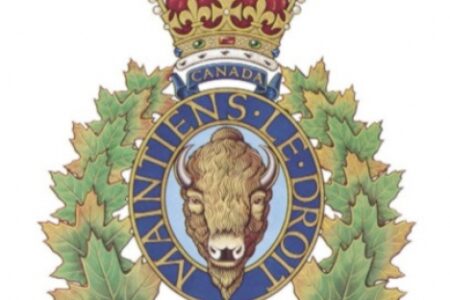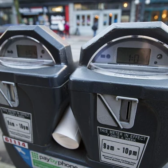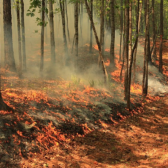Winter tire regulations begin October 1
On the eve of the calendar flipping to October, Mother Nature sent a message to drivers in the Boundary, Kootenay Lake and West Kootenay regions that winter is right around the corner in the form of a Special Weather Statement.
Anyone driving Highway 3 from the Paulson Summit and Kootenay Pass should be aware of an early season snowfall.
“An approaching low-pressure system combined with snow levels lowering to 1200 to 1500 metres will give snow to the southern interior highway mountain passes (Sunday),” the Environment Canada website said.
“Snowfall amounts of 2 to 4 cm can be expected through this afternoon, except 5 to 10 cm over the Okanagan Connector.”
And the Provincial Government would like to advise the public that beginning Monday, Oct. 1, 2018, people will be required to have winter tires on their vehicles on most British Columbia highways for safe travel during winter months.
Drivers must equip their vehicles with winter tires if they plan to travel on certain B.C. highways:
- in the North;
- in the Interior;
- on the South Coast, such as the Sea to Sky Highway; and
- on Vancouver Island, such as the Malahat and highways 4, 14 and 28.
In B.C., regulations state that an appropriate winter tire is defined as one with either the M+S or mountain/snowflake symbol and in good condition with a minimum tread depth of 3.5 millimetres. Drivers are encouraged to choose their tires based on the region and conditions in which they regularly drive.
Tires marked with a mountain/snowflake symbol on the sidewall offer the best traction on snow and ice and in cold weather. Tires marked with M+S (mud and snow) offer better traction than summer tires but are less effective than mountain/snowflake tires in severe winter conditions.
While winter tires are not mandatory provincewide, they are required on a majority of B.C. highways. Drivers without the proper winter tires in good condition driving on designated B.C. highways can receive a fine of $109.
Rain, slush, snow, ice and cold temperatures are all part of winter driving. The improved traction offered by winter tires may be the difference between safely driving on winter roads and being involved in a potentially serious motor vehicle incident.
Drivers are reminded to slow down, use caution and check DriveBC.ca to plan ahead when setting out during the winter months.
Winter tire regulations end on March 31 on many highways, however, the regulations have been extended to April 30, 2019, on select mountain passes and rural highways, to account for early spring snowfall.
Also starting Oct. 1, 2018, commercial vehicle operators must carry chains and are required to use them when a mandatory chain-up is in place.
Quick Facts:
- Winter tires outperform other types of tires during all winter conditions, including dry surfaces, when temperatures drop to or below +7 C.
- According to the Tire and Rubber Association of Canada, approximately 60% of B.C. drivers now own winter tires, compared to 38% in 2014.
- The ministry has posted 389 winter-tire signs on B.C. highways.
Learn More:
For more information on winter tire regulations and winter driving preparation, visit Shift Into Winter site.
To learn more about the four types of winter tires, visit this link.
For a provincewide mapof highways designated for winter tires, go to this link.




